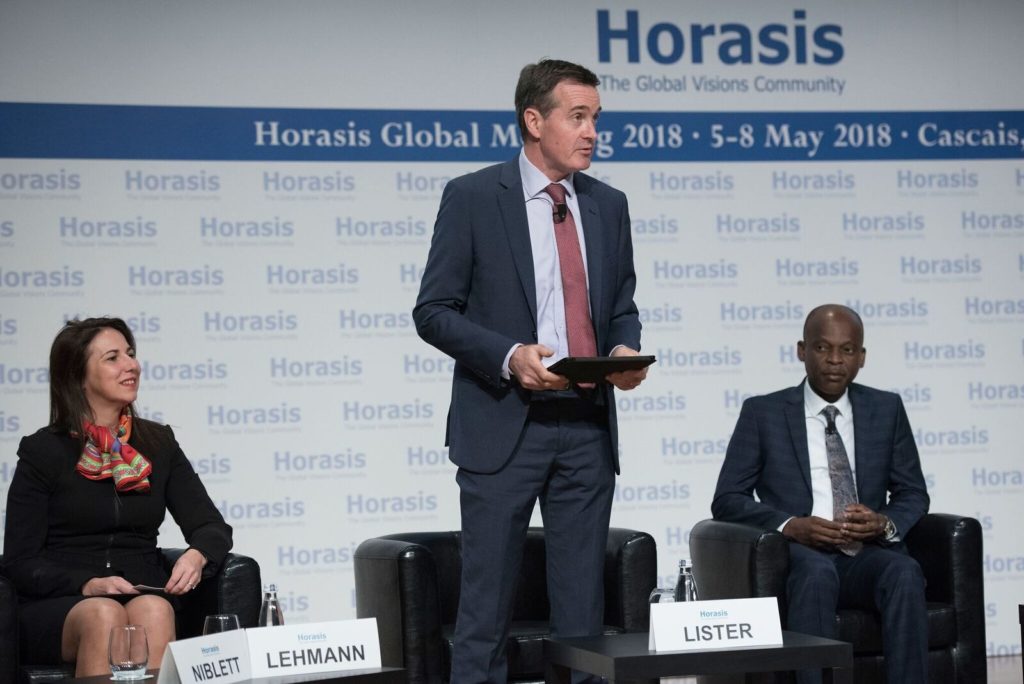Ageing Societies: Liability or Asset?
Societal ageing is a growing trend worldwide. Most developed economies have registered a growing senior citizen demographic. In fact, by 2050, one in every six people will be over the age of 65 and will comprise 16 percent of the global population. This is in stark contrast to 2019, where only one in 11 people are over the age of 65 and represent only 9 percent of the global population.
What is significant is the fact that there has been a gain of almost 30 years in life expectancy in regions such as Western Europe, US, Canada, Australia, and New Zealand. There have been even stronger gains made in the senior citizen demographic in Japan, Spain and Italy. According to the Human Mortality Database, an estimated three quarters of babies in countries such as Japan, Spain and Sweden will survive till at least the age of 75. And this is only if advancements in healthcare witness minimal growth. In fact, most millennials will likely survive to celebrate their 100th birthdays.
What does this mean for the global economy? How many years can the older population continue living in good health, given rising healthcare costs? And particularly in countries with increasing dependency ratios, can national pension systems support an ageing society?
Will older people become a burden on the younger generation and eventually the economy? Separately, can they still be employed and perform important functions in an organization especially given the changing nature of work?
These are the general, everyday read, questions that all spell ‘Liability!’ Let’s look at a different narrative.
Countries Embracing their Ageing Demographic
Contrary to the commonly held notion that faster ageing will result in slowing economic growth, there are studies that have actually established a positive correlation between ageing and economic growth. The worries are also in consideration that governments will, in effect, face a higher burden of pension payments besides increasing healthcare costs.
However, several countries have adopted novel approaches to cope with an ageing demographic. China, for example, has formulated the “Silver Age Action Initiative”. It is essentially a volunteer program that enlists the help of retired professionals to assist in the economic and social development of less advanced parts of the country, particularly the western region.
Elsewhere, Israel has introduced an initiative called the “Here We Live” program. It is following the popular technology model of aggregation where it connects older adults who have a spare bedroom with college or university going students in what can effectively be seen as a win-win situation for both sets.
Singapore, where one in four people will be over the age of 65 by 2030, has put in place an Action Plan for Successful Ageing, which aims for Singaporeans to age more confidently. Developed jointly by multiple stakeholders including government agencies, academia, businesses and not-for-profit organisations, the plan has demographic-targeted initiatives in the areas of health and wellness, learning, volunteerism, employment, housing, transport, public spaces, respect and social inclusion, retirement adequacy, healthcare and aged care, protection for vulnerable seniors and research.
Canada has a fast-growing senior citizen demographic. Its eastern province of Nova Scotia has introduced the Nova Scotia Community Access Program (NSCAP). This initiative in association with a new endeavor called “Connecting Older Adults with Mobile Technology,” is leveraging the Canadian government’s commitment of providing internet access as a fundamental right. It ensures older adults are imparted skills on using devices such as tablets and smart phones and are conversant with communication applications such as Facebook and Skype.
In the case of Turkey, its “Caregiver Service Program”, subsidizes caregiving for older adults in a low-income bracket. It has been tailored to provide compensation for a working relative who may have quit their job to care for a senior family member. The program also serves as an incentive for women to find employment as caregivers.
There are similarly interesting and innovative programmes and initiatives that have been put in place in others parts of the world as societies increasingly look to embrace the perceived challenges that an ageing population brings.
Sharing Responsibilities
In certain Asian economies such as India, South Korea and the Philippines, at least one-third of senior citizens provide support for a younger family member. In simple terms, grandparents often look after grandchildren, allowing the middle generation to devote more time to income generating activities. In fact, older adults are often the pillar of their families who ensure not only financial stability but also care for their successive generations. Grandparents in Asia may even commit financial assistance directly to their grandchildren.
Often, the contributions of this older subset are overlooked. In the case of Latin America too, there are numerous instances of people who live in multigenerational households and the senior adults share old age benefits with younger family members.

Photo from Horasis Global Meeting
Automation and Ageing
Automation and ageing are commonly perceived as threats by most economies; automation because it stands to eliminate jobs and ageing because it lays greater stress on pension and healthcare costs. Both these facets, however, must find common ground for more inclusive labor markets to prevail. An initiative such as Canada’s “Connecting Older Adults with Mobile Technology” could possibly be leveraged upon to impart higher ICT skills among the older adult population.
Meanwhile, the Organization for Economic Cooperation and Development (OECD) highlights that in order to keep pace and reap the advantages of a digital economy, older adults could possibly be retrained for new careers, ensuring them a steady income as they advance into their golden years. While some training can be offered digitally, human teachers and mentors will be needed to coach people through the process.
Perhaps an Asset?
It is common for ageing populations to be represented in negative light. They are time and again highlighted as an economic and societal burden. In all fairness, these claims are not unfounded but what are generally ignored are the many socio-economic benefits that this population subset offers. It is dependent on how an ageing population is viewed and whether or not the advantages and opportunities that this demographic group offers have been tapped into.
If the examples from across the world are anything to go by, it is evident that the senior citizen demographic has made sizeable contributions and is continuing to do so. As has been aptly said by Dr. Kay Patterson, Age Discrimination Commissioner at the Australian Human Rights Commission, “It’s not just governments and businesses that can make a difference. Every one of us is key to redefining the conversation about the ageing among our networks and communities.”



